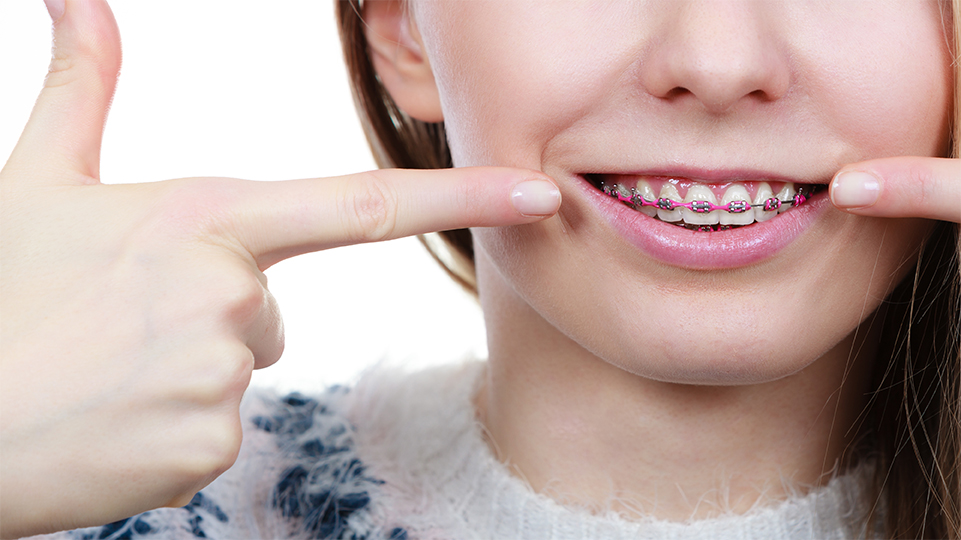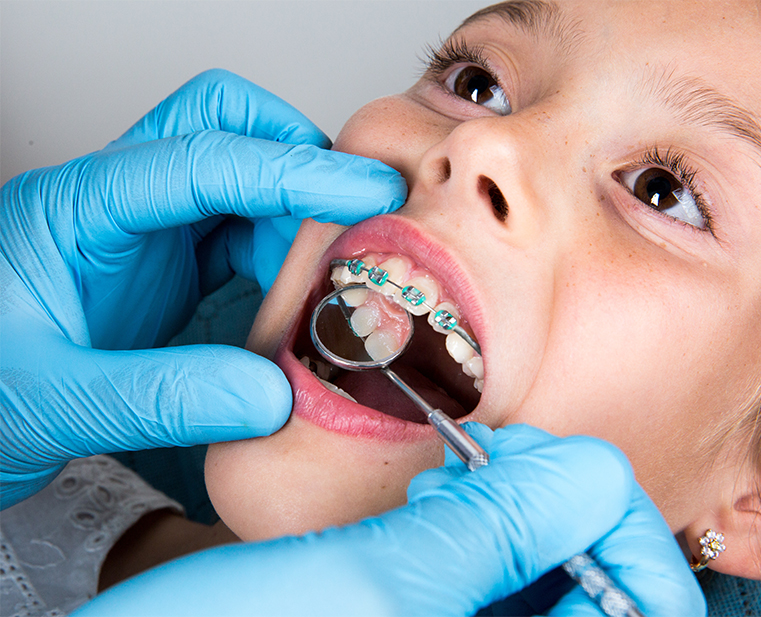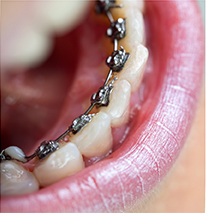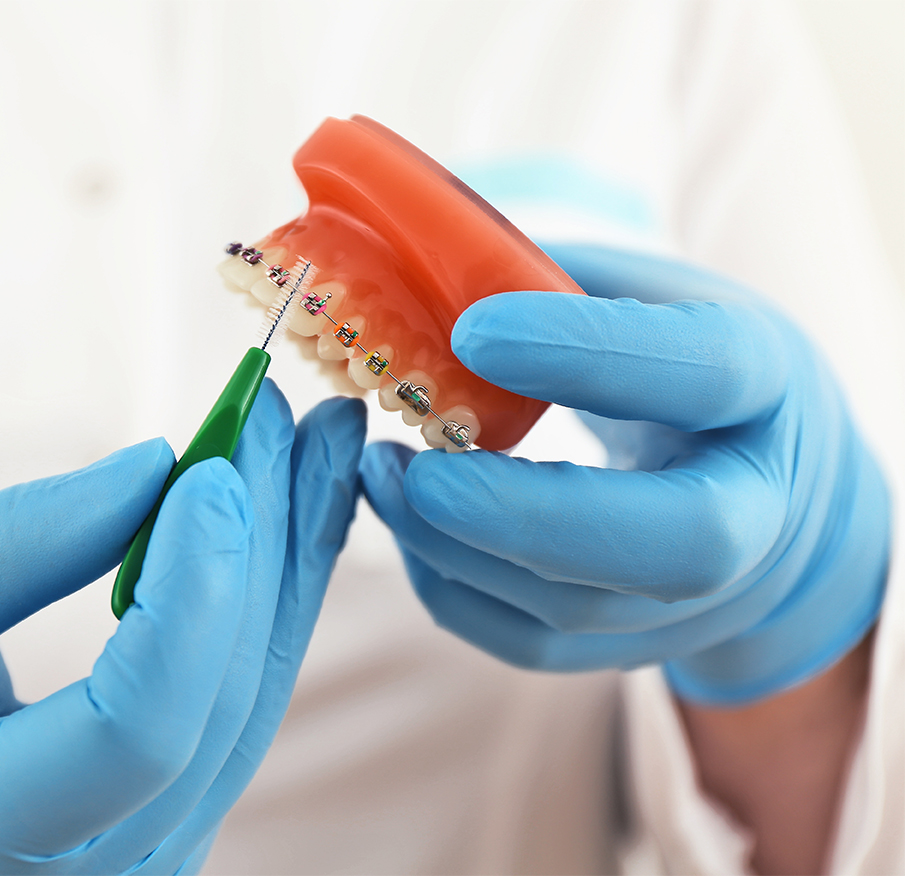
Who We Are
The Hawaii Society of Orthodontist is the State chapter of licensed Orthodontists in the State of Hawaii who are members of the American Association of Orthodontists
Learn MoreWhy you should have Orthodontic Treatment
The goal of orthodontic treatment is a beautiful smile and a good bite—meaning straight teeth that mesh well with the teeth in the opposite jaw and look great. A good bite makes it easier for you to bite, chew and speak. Many people find a beautiful smile adds to self-esteem, self-confidence and leads toward career advancement.
Orthodontic treatment is often part of a comprehensive dental health care plan. With good care, including orthodontic treatment when necessary, teeth can last a lifetime.
Children vs Adult Orthodontic Treatment
With developments in orthodontics in recent years, more and more adults are seeking treatment for oral difficulties they’ve been experiencing since childhood. There are significant differences between adult orthodontics and that of children and teens.

Adult patients often have conditions younger patients don’t often suffer from, such as insufficient bone between the roots for adequate blood supply, mild gingivitis infections and marginal bone loss. The bones are also harder and no longer growing, and the aging of tissue often causes them to take longer to adjust to your teeth’s new positions. These are known as biomechanical limitations, which can make tooth realignment a more involved process in adults than in younger patients.
One of the primary reasons patients require orthodontic treatment is to correct a malocclusion, or improper bite. In an adult patient with a deep overbite, there is often not enough room in the mouth to create space for the teeth to move back without extracting one or more teeth. By adulthood, a patient might also have worn some of his teeth down, which can make the overbite worse. Orthodontists refer to these problems as perio-restorative issues, and typically focus on making the adult patient’s bite functional rather than perfect.
Many adults have had one or more teeth extracted in the past, and this can present a problem for the orthodontist. Old extraction sites may not be suitable locations for teeth to move into, unless these are restored by adding sections of prosthetic bone to the area. Closing gaps between the teeth caused by extractions – and keeping them closed – is also difficult, because adult bone doesn’t respond to pressure in the same way as growing bone.
Why an Orthodontist
All Hawaii Society of Orthodontists (HSO) are members of the American Association of Orthodontists (AAO). The AAO is open exclusively to orthodontists – only orthodontists are admitted for membership. The only doctors who can call themselves “orthodon-tists” have graduated from dental school and then successfully completed the additional two-to-three years of education in an accredited orthodontic residency program.
When you choose an HSO orthodontist for orthodontic treatment, you can be assured that you have selected a specialist orthodontist, an expert in orthodontics and dentofacial orthopedics who possesses the skills and experience to give you your best smile.

Difference Between
An Orthodontist & Dentist
All orthodontists are dentists, but only 6 percent of dentists are orthodontics
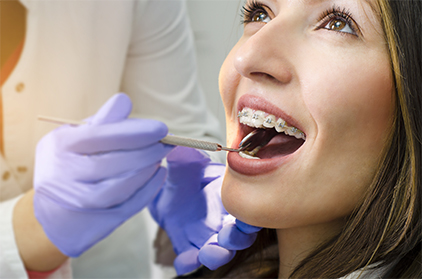
Orthodontist
 01
01
Has specialized orthodontic education beyond dental school
 02
02
Prevents, diagnoses, and treats facial and dental irregularities
 03
03
Specialist in straightening teeth and aligning jaws
 04
04
Expert knowledge of new orthodontic technologies
 05
05
Can recommended best orthodontic treatment plan for patient’s needs
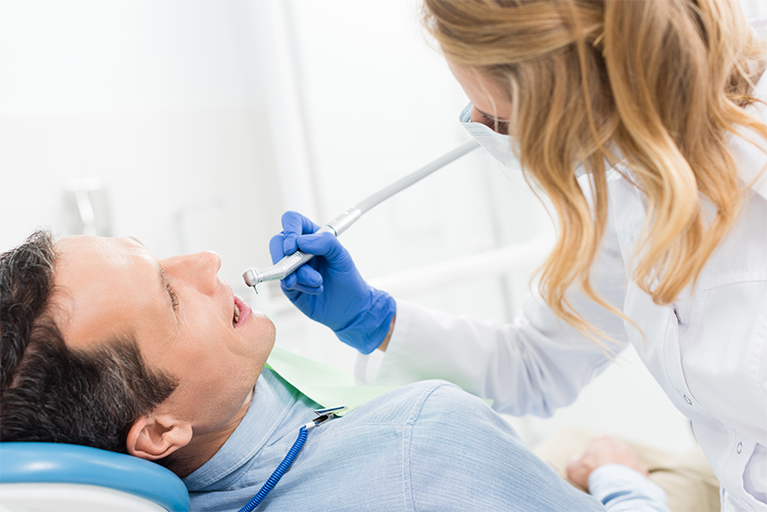
Dentist
 01
01
Checks general oral health
 02
02
Diagnose oral diseases
 03
03
Promote oral health and disease prevention
 04
04
Oral cancer screenings
 05
05
Create treatment plans to maintain or restore oral health
We recommend you always see an orthodontist when it comes to straightening your teeth
When To See An Orthodontist
If you recognize any of these signs or concerns in your child or yourself, it might be time to schedule a consultation with an orthodontist

You want a beautiful smile

You feel a great smile will improve your self-esteem and self-confidence

You want the best or your family

Early or late loss of baby teeth

Difficulty chewing or biting

Mouth breathing

Sucking the thumb or fingers, or other oral habits
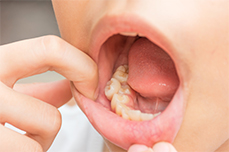
Crowded, misplaced or blocked-out teeth

Jaws that shift, make sounds, protrude or are recessed
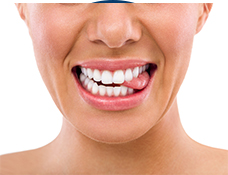
Speech difficulty

Biting the cheek or biting into the roof of the mouth

Protruding teeth

Teeth that meet in an abnormal way or don't meet at all
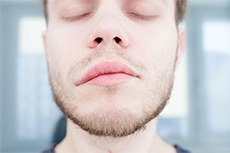
Facial imbalance or asymmetry (features out of proportion to the rest of the face)

Grinding or clenching of teeth
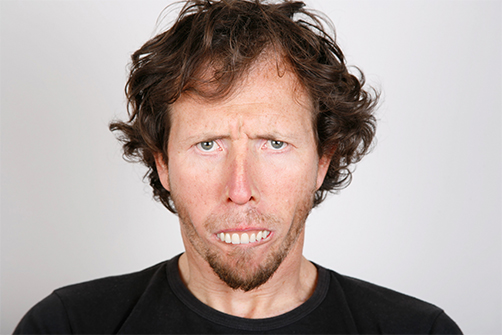
Inability to comfortably close lips
How do Orthodontist create beautiful smiles?
A variety of orthodontic “appliances” are available today, thanks to on-going research in orthodontics. Options include traditional metal braces, ceramic braces, lingual braces, clear aligners, and other appliances, as appropriate. Check with your orthodontist about the best way to achieve your treatment goals
Find a Certified HSO Orthodontist Near You
